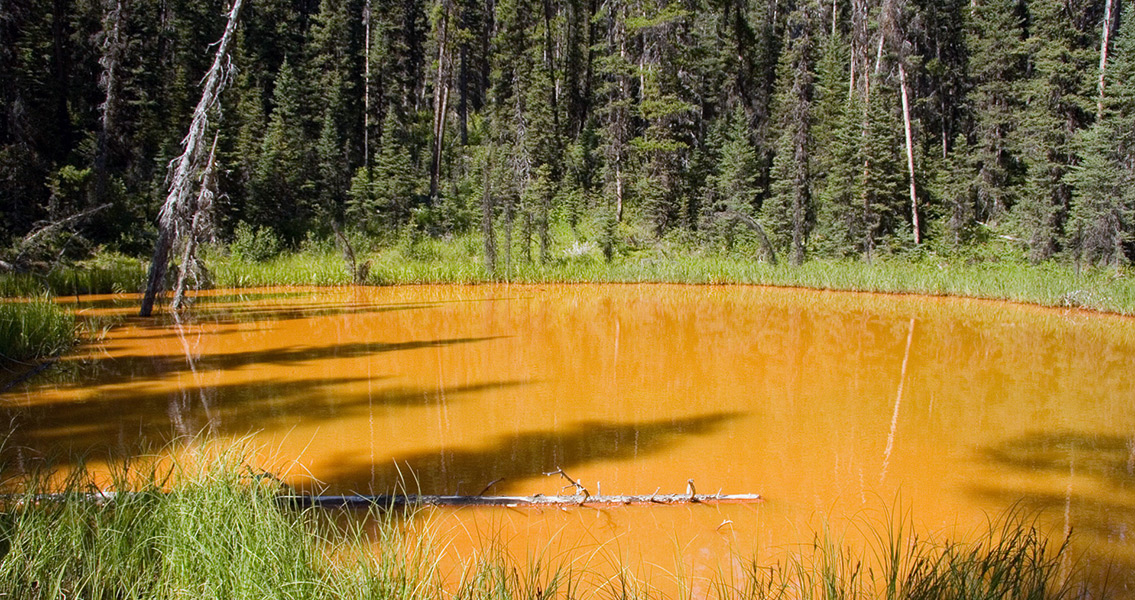<![CDATA[People living in southern Africa 49,000 years ago used milk to make paints that they then used for decoration, a new study has found. The international team, led by Paola Villa from the University of Colorado Museum of Natural History, analysed some powdered paint found on the tip of a stone flake which was discovered in Sibudu Cave, in northern KwaZulu-Natal. The significance of the find lies in the fact that this is the earliest evidence of milk-producing animals being used to make paints so far found. In a press release from the University of Colorado, Boulder, Villa explained that although it is just a suggestion that the paint was used for decorating the body, it was a surprise to find the occupants of the Sibudu Cave mixed milk with ochre before the domestication of lactating animals. The milk was probably obtained after killing the animals that produced it, with the most likely species used including impalas, buffaloes, elands, and kudus. The scientists used a variety of techniques to analyse the paint, including gas chromatography, mass spectrometry, and scanning electron microscopy with energy-dispersive X-ray spectroscopy, which allowed them to isolate traces of casein, a protein found in milk and dairy products, in the mixture. The Sibudu Cave was home to anatomically modern humans between 77,000 and 38,000 years ago, the press release goes on to note, but domesticating cattle only started in South Africa as recently as 1,000-2,000 years ago, according to Villa. What’s more, while evidence of ochre dates back 250,000 years at both African and European archaeological sites, scientists previously believed that people at the time had used resin or plant-based gum to make the paint stick to surfaces, including tools and bodies. Paint-making started around 125,000 years ago, when those early humans started grinding the ochre and mixing it with other ingredients to make a paint out of it. It was also used as an adhesive, to attach handles to stone tools, and maybe to preserve animal hides. Villa added that the suggestion that ochre paint was used to decorate bodies was supported by an earlier find, also in South Africa, of an ochre-rich compound mixed with animal marrow fat, which was dated to 100,000 years ago. Paint used as personal decoration on the body is a known practice among indigenous peoples in the region and not a new discovery, since it is depicted in ancient rock paintings. Ochre, mixed with butter, is to this day used by the Himba people in Namibia as paint for the body, the hair, and for leather too, the lead author of the study notes. With regard to how the animals were captured in order to use their milk, Villa said that wild bovine species in South Africa tend to go away from the herd when they are close to giving birth, which would have made them easy prey for humans. It is possible that the hunters placed a lot of value on the milk they got from the lactating animals, probably because catching and killing them was not an everyday occurrence. For more information: “A Milk and Ochre Paint Mixture Used 49,000 Years Ago at Sibudu, South Africa” Image courtesy of Wikimedia Commons user: Gribeco ]]>
49,000-Year-Old Milk-Based Paint Found in South Africa
